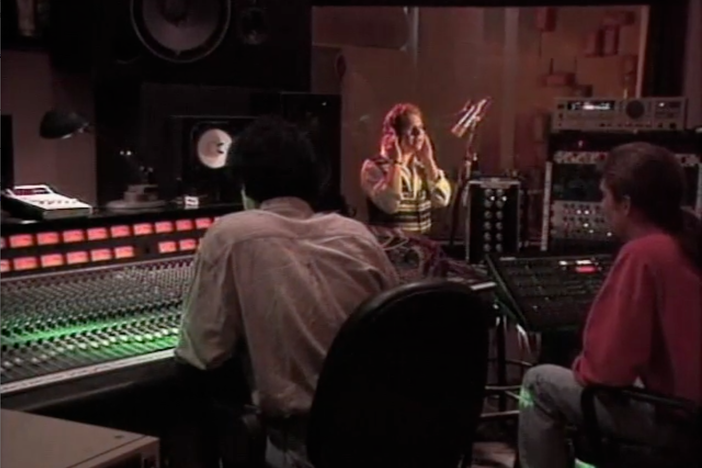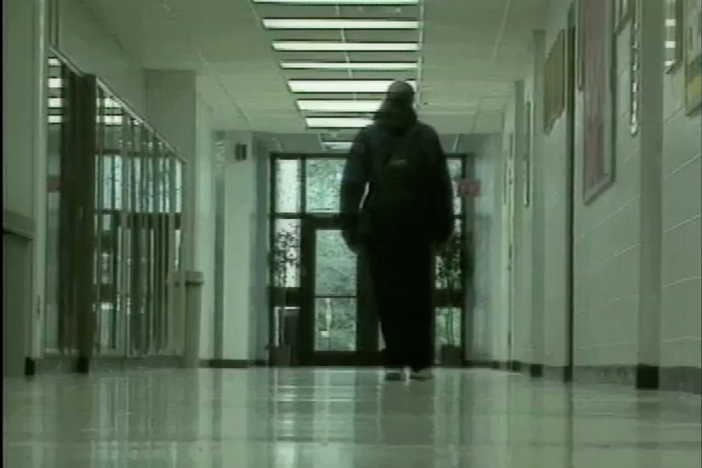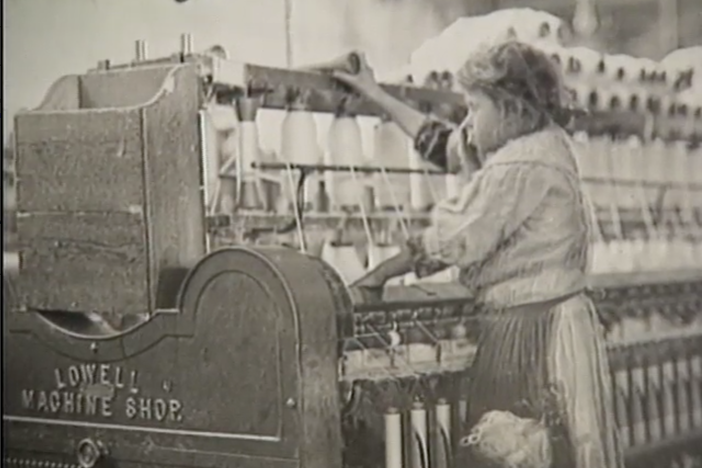We Can Do It! Women in the Workforce
Kathleen Donohue, a University of North Carolina-Charlotte historian, states that in the 1950s and 1960s a woman’s primary role was that of wife and mother. Times have changed as discussed by four Georgia women who have been friends since high school. Today, women have the freedom and opportunity to choose both careers and family. Julie Culwell and Cynthia Jones also talk about their careers and the changing roles of women in the workforce.
We Can Do It! Women in the Workforce
Kathleen Donohue, a University of North Carolina-Charlotte historian, states that in the 1950s and 1960s a woman’s primary role was that of wife and mother. Times have changed as discussed by four Georgia women who have been friends since high school. Today, women have the freedom and opportunity to choose both careers and family. Julie Culwell and Cynthia Jones also talk about their careers and the changing roles of women in the workforce.
Social Studies
Evaluate the economic impact of various industries in Georgia including agricultural, entertainment, manufacturing, service, and technology.
1. Describe the type of employment and careers that were open to women before the 1960s.
2. Explain how women faced discrimination in the workplace during the 50s and 60s.
3. What was a woman's life like in 1950s America? How did attitudes in the 60s change giving women more opportunities in the workplace?
4. What are the advantages and disadvantages of a woman going into the work force?
1. Discuss the negative impact on society when a group is denied the opportunity either through education or societal norms to reach its full potential. Extend the discussion by identifying other groups in Georgia’s past who were denied opportunities.
2. As a class, discuss your options:
You are just out of college in the 1960s. You are either African American or a woman. You have a specialized degree – not just English. What kinds of jobs will you likely be offered? How will you go about getting the kind of job you really want?
professional: one who follows an occupation that requires higher, more specialized education and training
job discrimination: the favoring (or non-favoring) of a person for a job or career because of their gender or race; partiality in attitudes and actions
work force: the group of people who work for a particular organization or business
1. Describe the type of employment and careers that were open to women before the 1960s.
Most jobs for women were servant jobs. They and immigrants received low pay for their work which was often difficult but didn’t require much skill. Professional careers were for secretaries, nurses, teachers and librarians. Wages and promotions were not comparable to those for men. Jobs were supposed to be secondary to marriage.
2. Explain how women faced discrimination in the workplace during the 50s and 60s.
Pay was lower. Women weren’t easily accepted into some professions such as medicine and law. Women were not treated the same intellectually. Womens' ability to move beyond clerical or secretarial positions was also restricted making them less likely to be able to become managers and executives.
3. What was a woman's life like in 1950s America? How did attitudes in the 60s change giving women more opportunities in the workplace?
You were supposed to let men think they were smarter. You wore more formal attire, such as gloves when you were out on special occasions. You weren’t supposed to beat men in sporting events. Movie themes stressed women marrying and giving up careers to stay at home to be a homemaker and to raise children. Volunteer work in hospitals and schools could get the homemaker out of the house. Equal pay laws were passed for women; non-discrimination laws pertaining to race and types of jobs were in effect. More women entered politics and as they were elected, they became more vocal and visible to the public.
4. What are the advantages and disadvantages of a woman going into the work force?
This could be a class discussion or the class could be divided into two groups: one that discusses advantages; the other disadvantages. In addition, the groups could list occupations in which women could both work and raise a family at the same time - just as a man could. Talk about the "women's rights" movement, the ERA, and the suffrage movement. If not already discussed, the women who worked in the defense industry in WWII should be brought into the discussion. When the men came back from the War, the women allowed the men to take the jobs and the women went back home. This would give the students some background on why this is an issue. Each group should bring a summary of their discussions to the entire class in order to discuss each side of the issue. Women working outside the home is a fairly recent practice but one that these students have experienced all of their lives. Some women want to work; others must work to support their families. An education is now important for all - not just for some. Women going to college and getting degrees is not uncommon today and should also be a part of the overall lesson.













